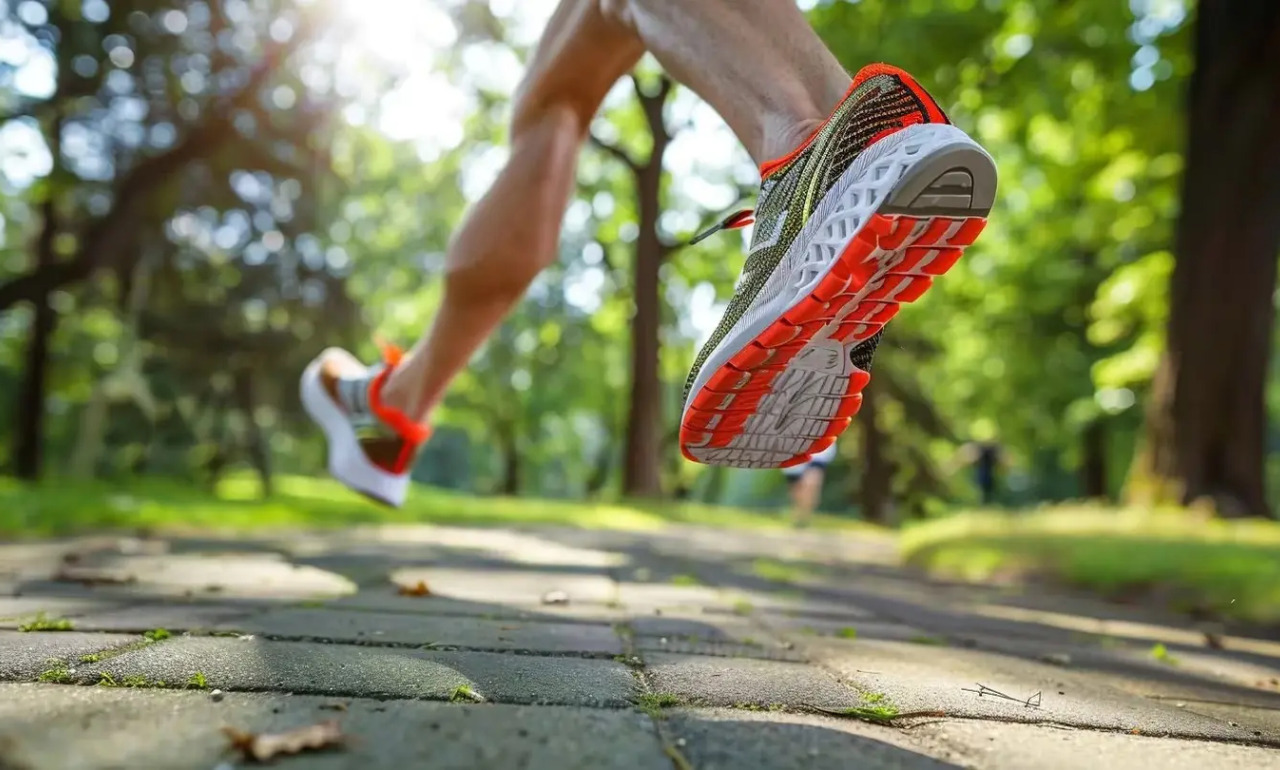Science Editorial, Aug 6 (EFE).- Lack of exercise among adults and especially among adolescents is a global health problem, but when it comes to exercising, countless temptations arise that try to prevent it. But how does our brain decide whether to exercise or not?
An experiment with mice has revealed that the decision is mediated by a brain chemical called orexin and the neurons that produce it, a finding that if transferred to humans could help develop strategies to encourage physical activity in people.
The results of the experiment, conducted by researchers at ETH Zurich (Switzerland), are important because, according to the World Health Organization, 80% of adolescents and 27% of adults do not exercise enough, while obesity is growing at an alarming rate in the population.
“Despite these data, many people manage to resist the constant temptations and get enough exercise,” says Denis Burdakov, Professor of Neuroscience at ETH Zurich.
Orexin, a chemical messenger
Orexin is one of more than a hundred messenger substances active in the brain, like serotonin or dopamine, but it was discovered relatively late, about 25 years ago. Scientists are only now clarifying its functions.
Dopamine is a key substance for personal motivation. “Our brain releases dopamine both when we eat and when we exercise, but it doesn’t explain why we choose one over the other,” says Burdakov.
To find out, the team devised an experiment in which mice were given free choice between eight different options in ten-minute trials.
These included a wheel they could run on and a “smoothie bar” where they could enjoy a standard strawberry-flavored milkshake.
In the experiment, they used two groups of mice: one with normal mice and another in which the orexin system had been blocked.
Mice with an intact orexin system spent twice as much time on the running wheel and half as much time on the shake bar as mice whose orexin system had been blocked.
The behaviour of the two groups did not differ in the experiments in which the scientists only offered the mice the running wheel or the shake. “This means that the main function of the orexin system is not to control how much the mice move or how much they eat,” says Burdakov.
“Rather, it appears to be critical to making the choice between the two when both options are available.” Without orexin, the decision was clearly in favor of the shake, and the mice forwent exercise in favor of eating, the study said.
The researchers at ETH Zurich hope to verify these results in humans, since the brain functions involved are practically the same in both species.
“By understanding how the brain arbitrates between food consumption and physical activity, we can develop more effective strategies to tackle the global obesity epidemic and related metabolic disorders,” says Daria Peleg-Raibstein, a researcher at ETH Zurich and co-author of the study.

















